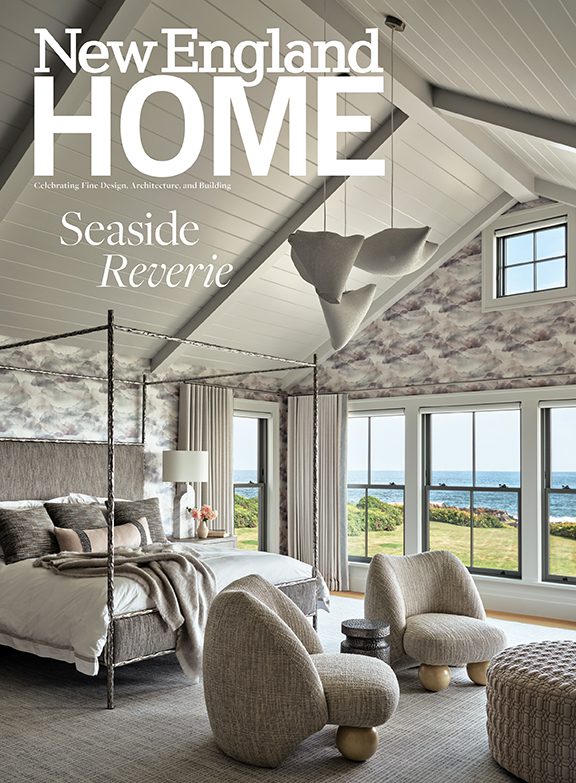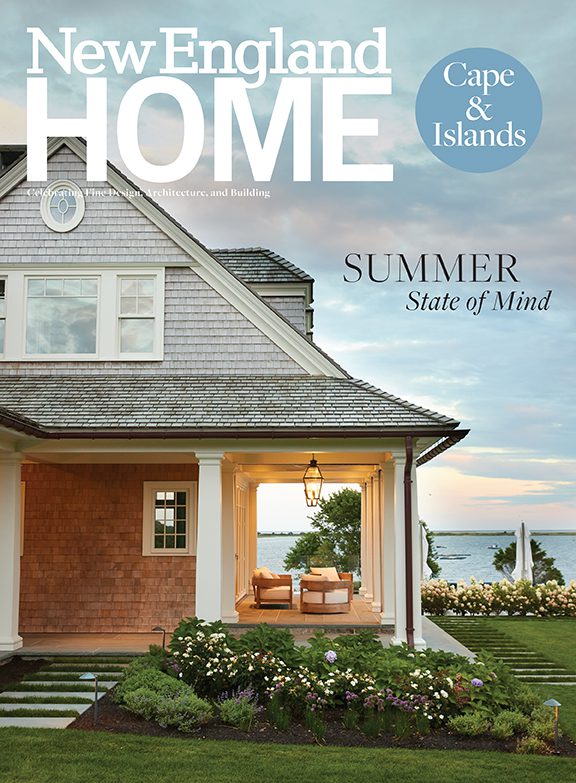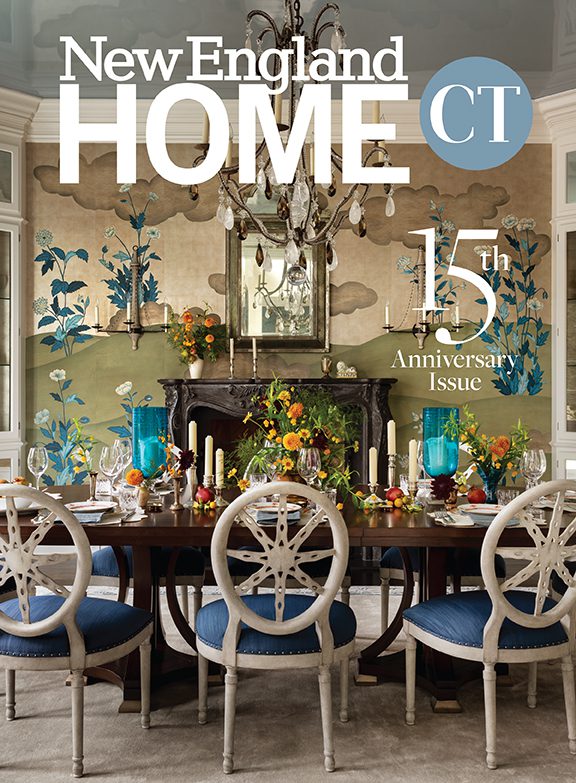Lighting the Way
January 5, 2011
Text by Sydney Schuster
For half a century, light-emitting diode (LED) technology was mostly a solution in search of a problem. The Swinging Sixties invention produced light, but not enough for illumination. It came in any color you liked—as long as it was red, green or blue. LEDs were quickly relegated to the ignoble realm of remote controls and Christmas decorations. In short, they were never a contender to replace incandescent fixtures.
Until now. Seemingly overnight, the latest generation of LEDs has shrugged off forty-five years of market torpor, thanks to new fixtures suitable for whole-house applications. And you can put them in places you wouldn’t dare put fluorescents. Other pluses: superior life span, durability and energy efficiency, with none of the recycling issues that plague compact fluorescent bulbs.
So what happened? In a nutshell, government intervention. In 2008, California Title 24 redefined energy efficiency standards for lighting, and the U.S. Department of Energy issued IESNA LM-79, its new standards and testing guideline.
“Two years ago nobody used LEDs residentially, because there was no product. LEDs were used more in nightclubs and restaurants, situations that didn’t require white light,” says Lucy Dearborn, owner of Lucía Lighting & Design in Lynn, Massachusetts. White LEDs (actually blue diodes painted with fluorescent phosphors) were introduced in the 1990s, but the color was inconsistent and too blue for general lighting purposes.
“When California Title 24 came out and energy efficiency started to be popular with the green movement,” says Dearborn, “the lighting industry started looking for something new. Companies like Philips Color Kinetics coated LEDs with a phosphor so they emit a warmer, whiter color. And you can dim them. You’re basically looking at 9 and 14 watts replacing 50 and 65 watts.”
“Older generations of LEDs had problems with heat and color until the government got involved with standards,” agrees Steve Brand, owner of Wolfers Lighting in Allston, Massachusetts.
As a direct result of regulation, LEDs now come in new forms such as strips, cans and pendants, with consistent white color suitable for task and general residential lighting. LEDs are a big hit under cabinets as an alternative to halogen, which can dangerously overheat. You’ll find it highlighting art collections and architectural details such as coves and baseboards. It’s even cropping up in places previously off limits to any kind of lighting, in ways fluorescent can’t even touch (literally). Try drapes. And carpets.
“We’ve been doing LED lighting for curtains,” says Lana Nathe, owner of Light Insight Design Studio in Boston. (Nathe also used LEDs in a wine room where traditional lighting would’ve cooked the vino, and for dramatic cove lighting in Boston’s Old North Church.) “There are LEDs you can incorporate into rugs, like a sparkle effect,” she says, citing the glittering carpet by Philippe Starck at the Paris headquarters of Baccarat (which just introduced the first LED crystal chandelier).
Dearborn is illuminating textiles, too. “We recently used LEDs to backlight the fabric in some very beautiful, lineny blinds. It was in a small room, and the client wanted it to feel light and bright all the time. We mounted a little LED fixture in the soffit, behind the sheers. The lights were two inches away from the fabric.”
The magic is in the engineering. The diodes are surrounded by metal that dissipates the heat. The rest is the power supply.
LED light is actuated by a driver mounted between the appliance and the electrical source (which can be either AC or battery). One 12-volt unit, says Dearborn, can power 150 feet of LED strip lighting.
Dearborn recently designed a kitchen lit entirely by LEDs. Two years ago? Impossible.
“There are LED recessed lights now that give a ton of light,” she says. “The under-counter lighting is amazing. Literally, it’s as skinny as tape—one-half inch wide and one-sixteenth inch deep. It’s hardwired and installed with double-stick tape. The driver is mounted inside the cabinet.”
“There continues to be improvement in the types of LEDs and the choices of color. It’s evolving,” says Brand, who recently was involved in lighting one of the first all-LED homes (in Beverly, Massachusetts, designed by Cleantech Homes).
He attributes LEDs’ newfound popularity, in large part, to maintenance or rather, lack thereof: “You’re talking a lifetime of 40,000 to 50,000 hours, compared with 1,000 to 2,000 on an incandescent bulb.”
Says Dearborn, “There’s a serious happiness factor that comes with not having to change lightbulbs.”
Share
![NEH-Logo_Black[1] NEH-Logo_Black[1]](https://b2915716.smushcdn.com/2915716/wp-content/uploads/2022/08/NEH-Logo_Black1-300x162.jpg?lossy=1&strip=1&webp=1)















You must be logged in to post a comment.